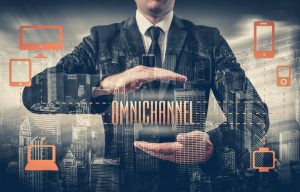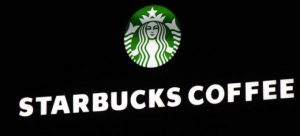How digital marketing technologies augment in-store shopping experience
With eCommerce going strong this holiday season, it isn’t surprising that brick-and-mortar retailers are feeling the pressure to go online.
While you can’t turn back the clock and make online shopping go away, there’s a lot you can do to attract shoppers to your store by incorporating digital technologies into your marketing (if you can’t beat them, join them!)
The line between online and offline shopping is blurring – retailers with physical stores are growing their eCommerce operations, while eCommerce pure plays are adding physical locations. Rent the Runway, Bonobos, Warby Parker, Gilt, Purple Carrot, and Amazon are just a few examples.
To succeed in this brave new world of retail, you need to combine the best of both online and offline commerce to devise a strategy that appeals to today’s savvy consumers.

Successful omnichannel retailers are blending digital and physical experiences seamlessly. They’re generating more sales and profits than those who pursue either one alone or both together, but in a siloed manner.
Here are a few ways to incorporate digital experiences into your retail business so you can drive more traffic to your physical stores and make more sales:
Personalized email marketing
Sending personalized content, product recommendations, and offers based on subscribers’ preferences and purchasing history is a great way to increase sales.
For customers who live in areas where you have physical stores, you can encourage them to pay a visit by sending coupons for in-store purchases customized to their preferences.
In-store pick-up option for eCommerce orders
Last-minute shoppers scrambling to buy gifts may not have the time to wait a few days for their online orders to be shipped. Meanwhile, there are some who simply enjoy the “instant gratification” when they pick up their orders on the same day.
You can offer in-store pick-up option for your eCommerce customers, so they can process their orders online and pick up the items in a physical store. They can avoid the long queues while getting the order when they need it.
Mobile app push notifications
Consumers have their phones with them all the time. By using geo-fencing technologies, you can send personalized offers via a mobile app to shoppers close to or inside a physical store.
You can put a time-limit on the offer to add urgency or send an in-store-only special to encourage customers to stop by your store.
In-store kiosks
Bring the digital shopping experience to your stores with kiosks. Customers can use them to locate specific items, place an online order for a size or color that isn’t in stock, and log in to their accounts to look up their purchase history or manage their orders.
These kiosks can help you bridge the online and offline shopping experience while freeing up salespeople to assist customers on the floor.
Keeping your eyes on the prize
While designing an omnichannel retail strategy, keep this main objective in mind: to sell merchandise to your customers in whichever way they want to buy it.
The key is to deliver a fluid shopping experience between online and offline touchpoints so that customers can make a purchase from you as seamlessly as possible.




